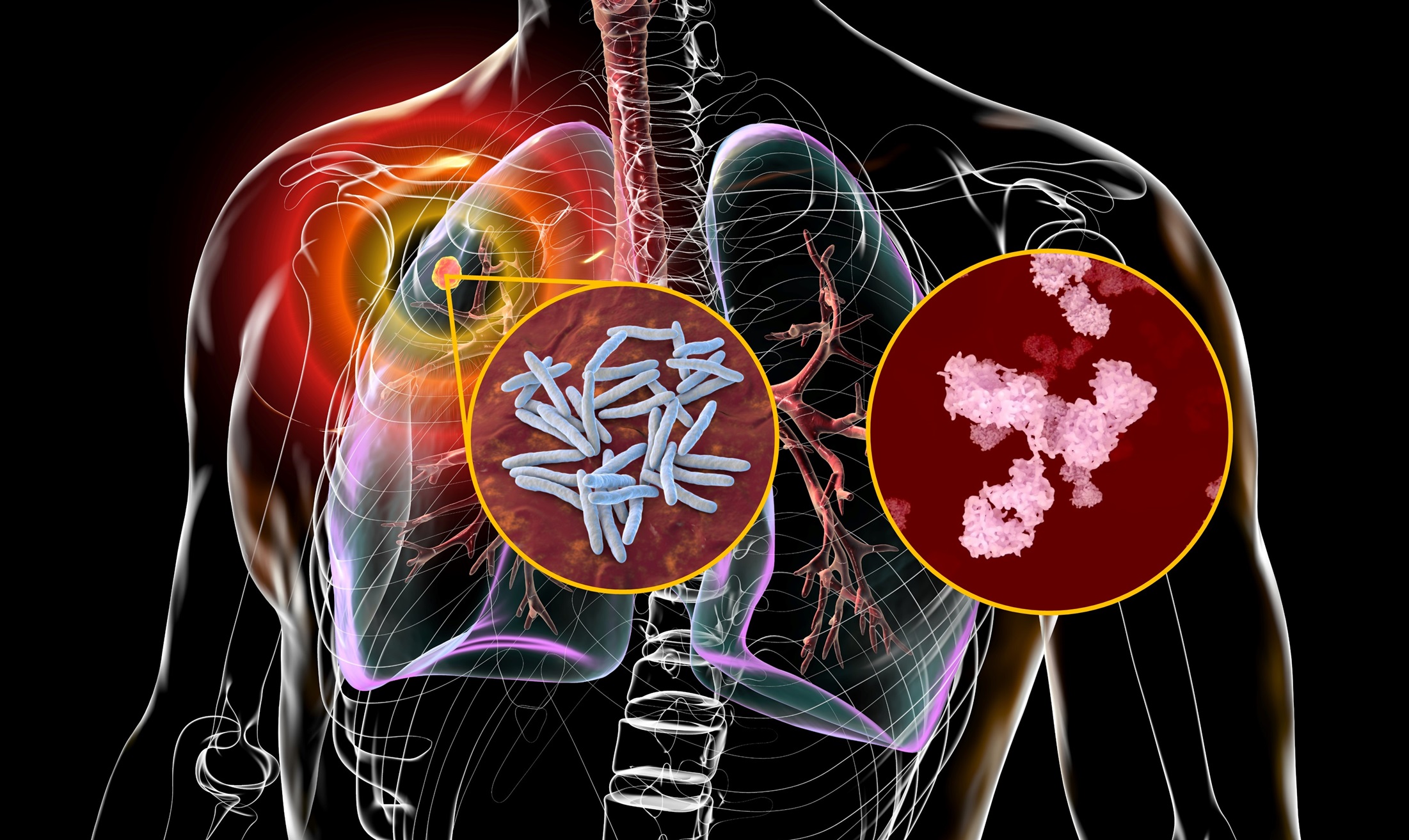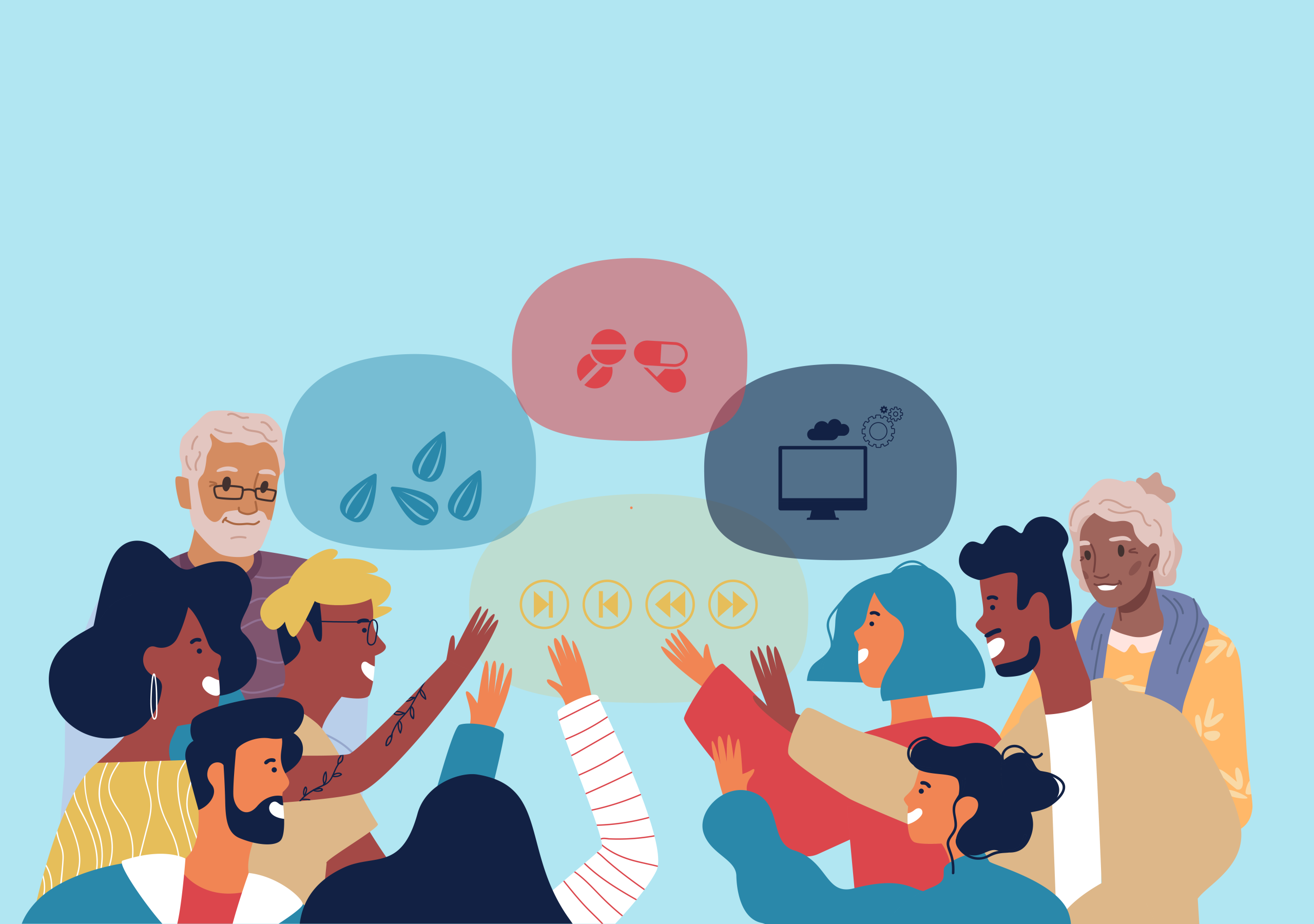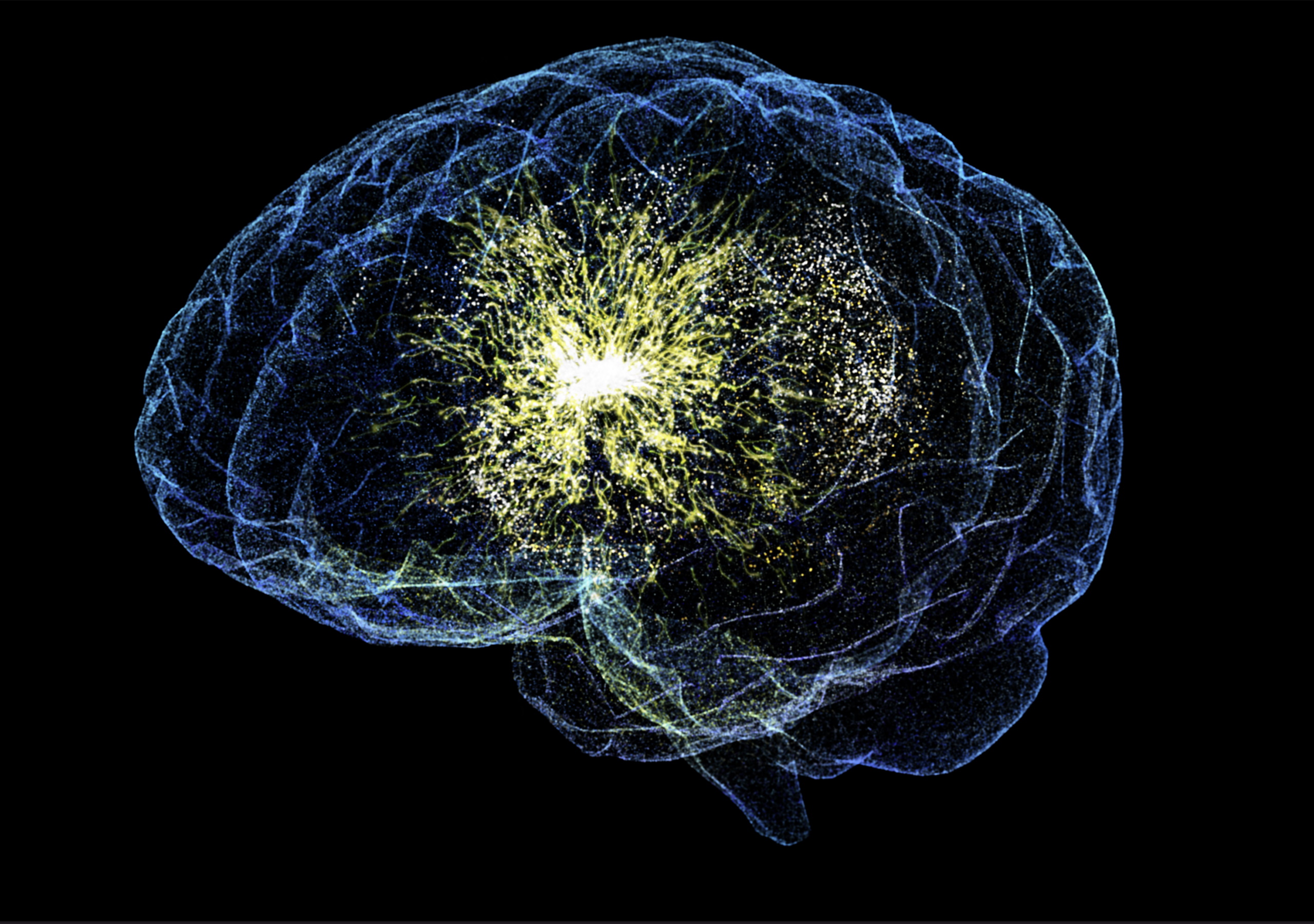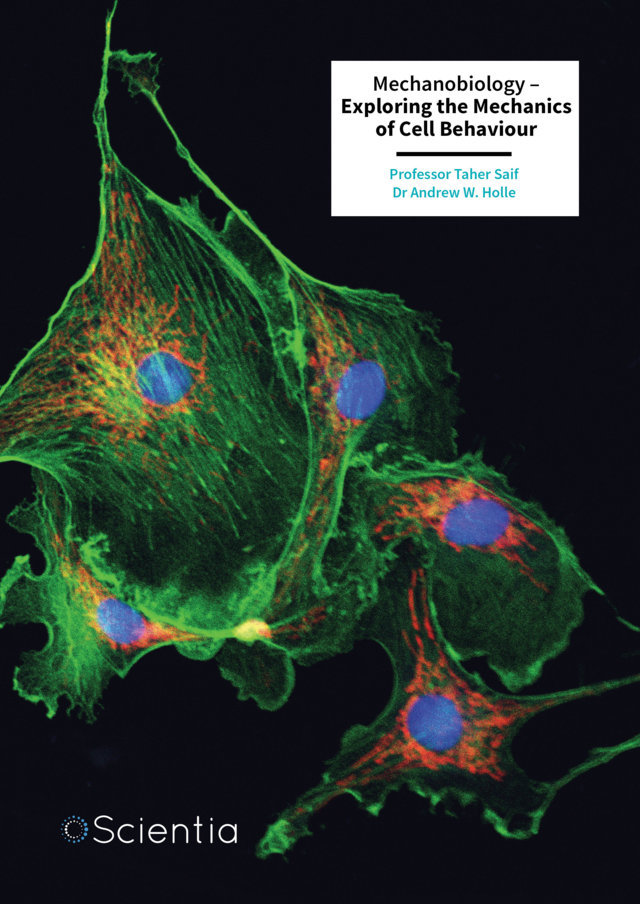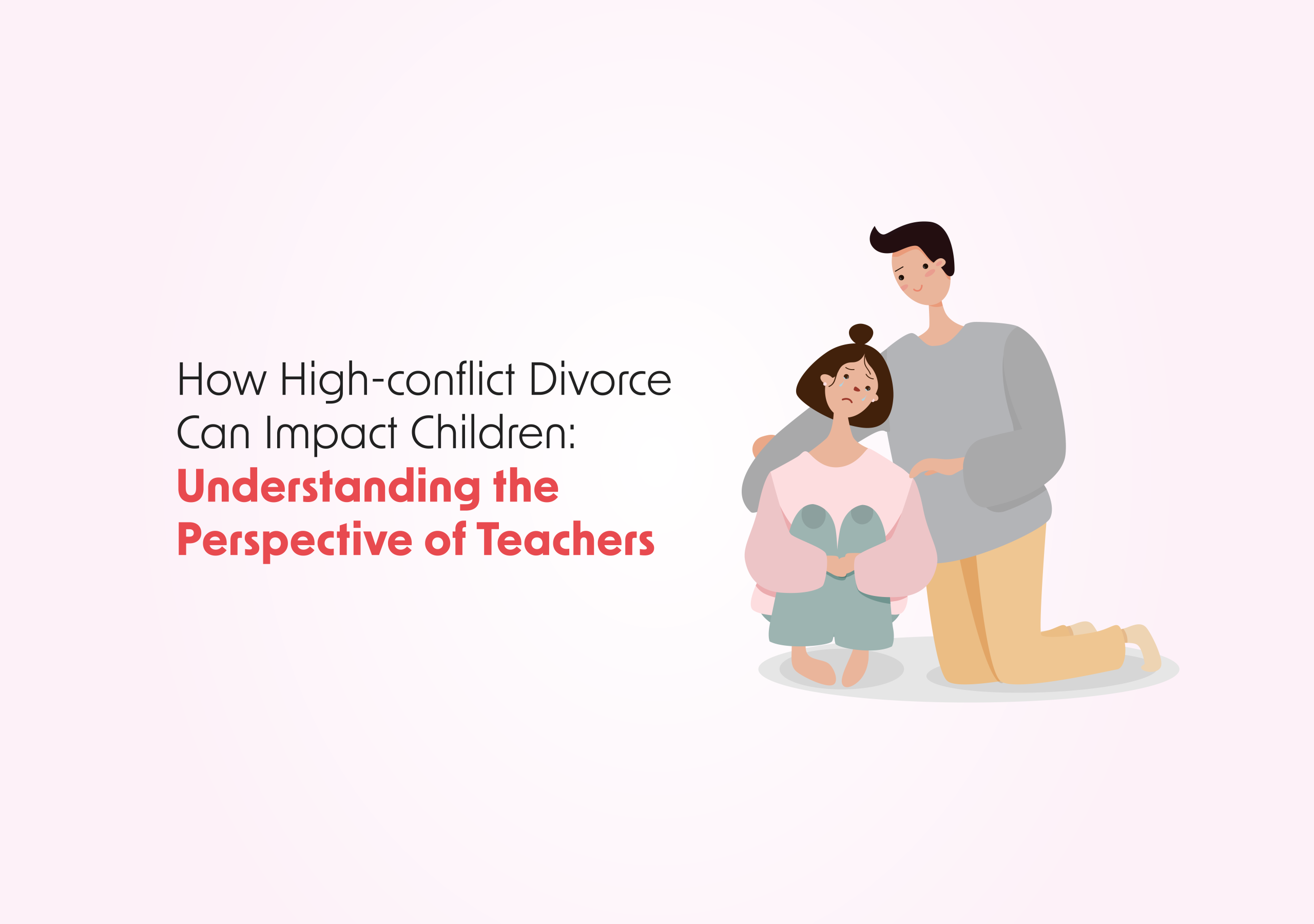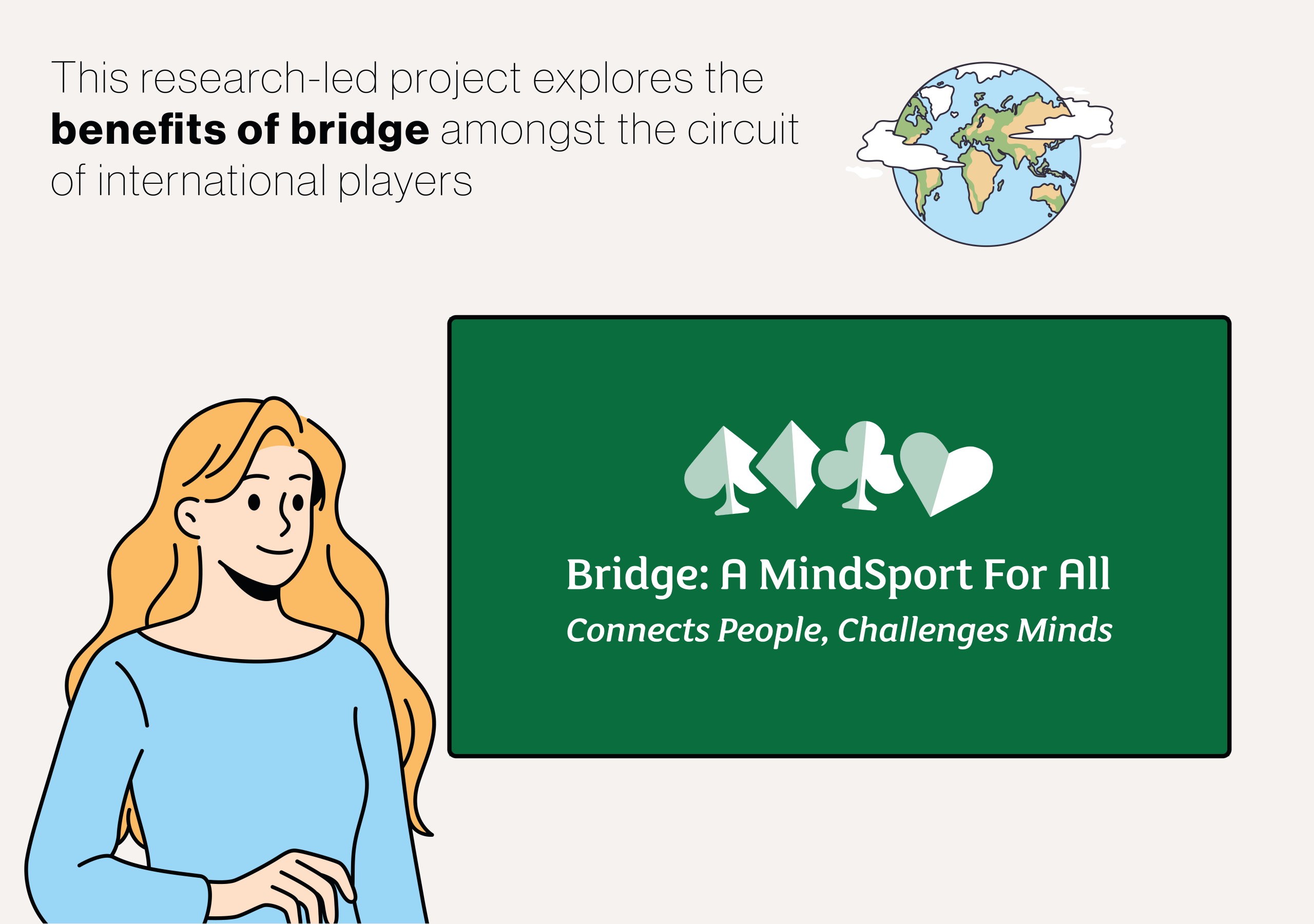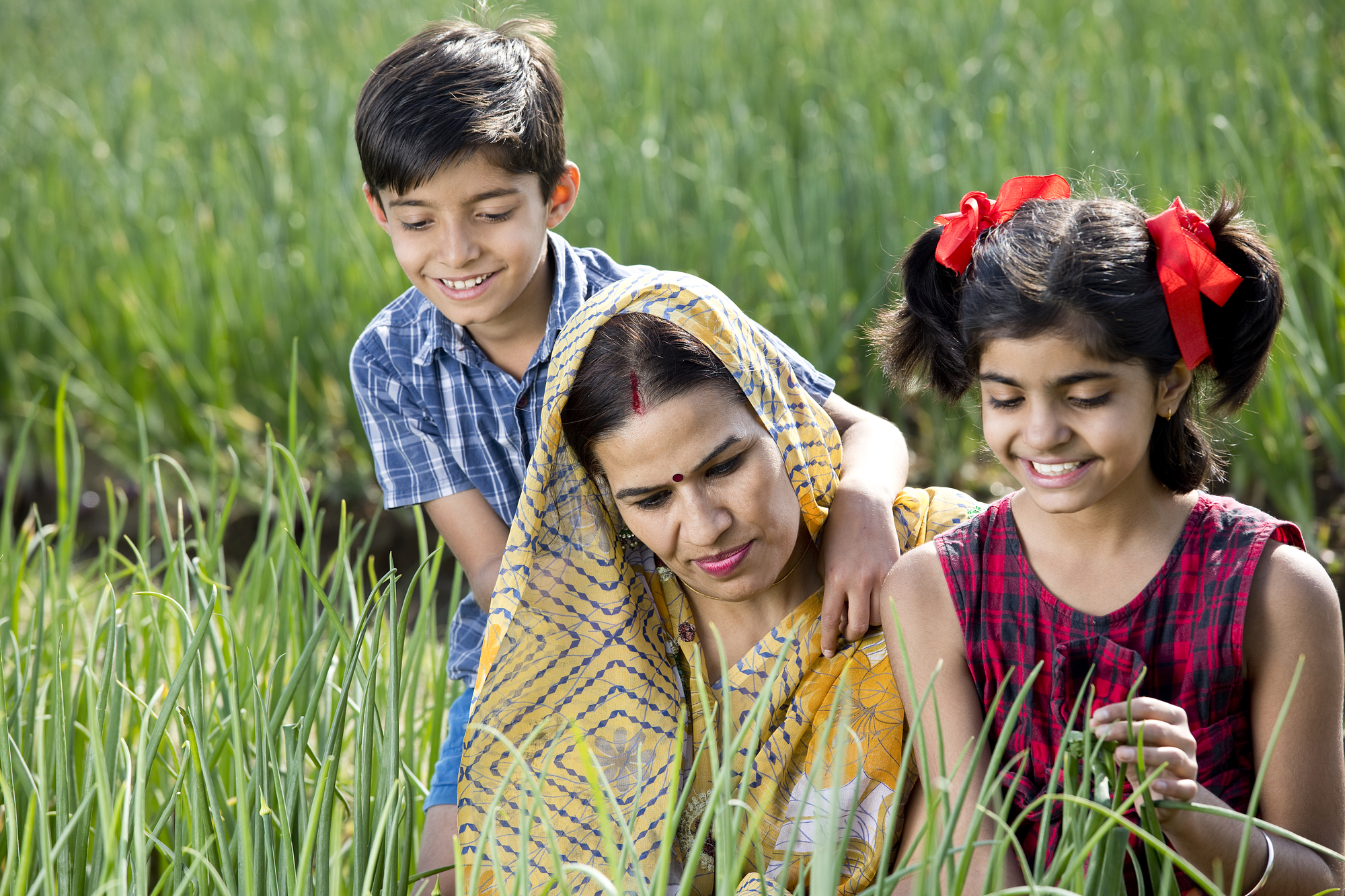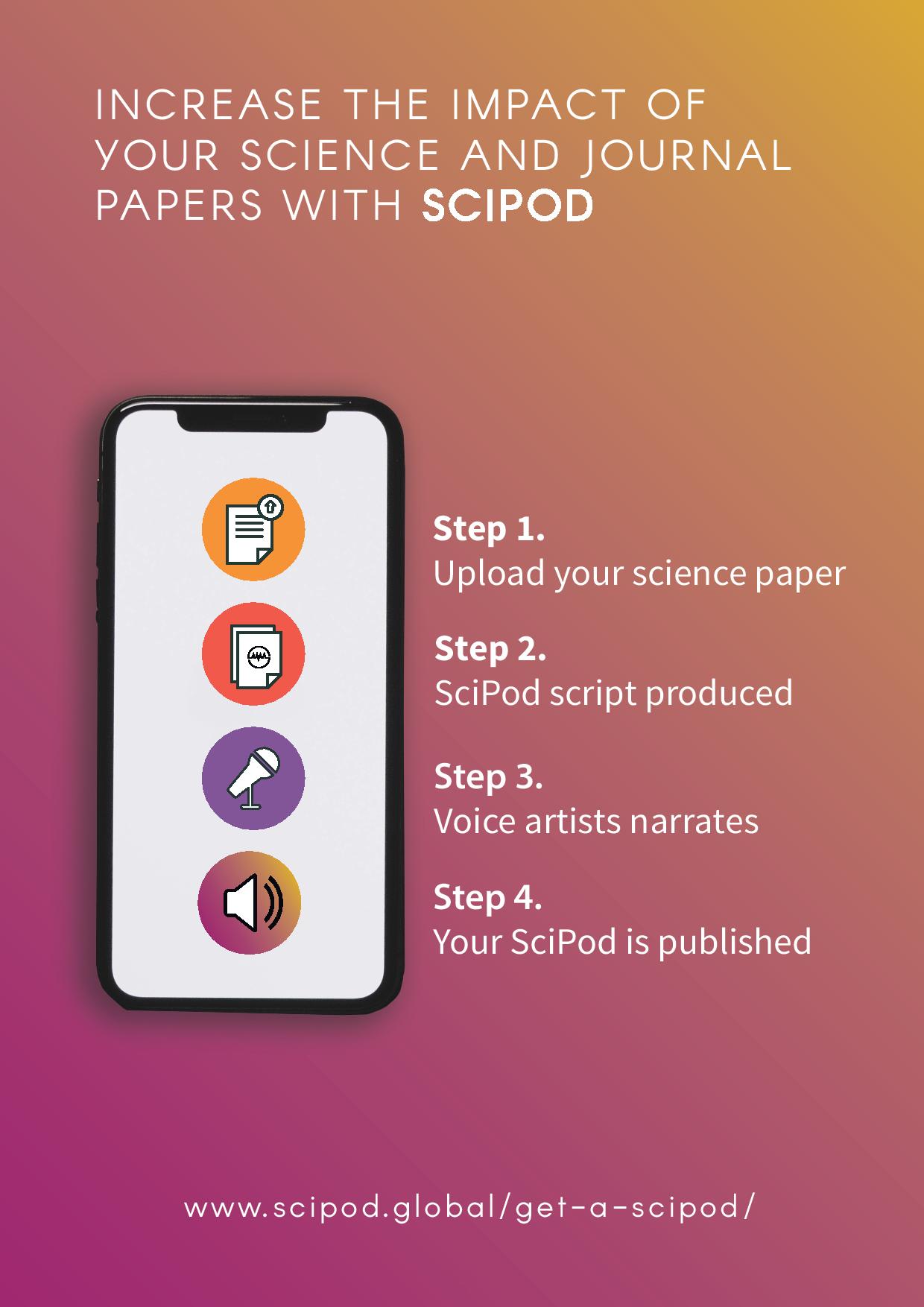Oh Dam Look, That Beaver Just Put Out A Forest Fire! With Emily Fairfax
Today we talk with Emily Fairfax about beavers. They were almost wiped out through over trapping, but now they’re making a comeback and stopping forest fires in the process… Listen to learn about these amazing animals.
Resources mentioned:
Emily’s website: https://emilyfairfaxscience.com/
Emily’s twitter: https://twitter.com/EmilyFairfax
More SciPods Radio episodes you may like
Professor Lobelia Samavati | Paving the Way for Antibody-based Diagnostics for Tuberculosis and Sarcoidosis
Audiobook
About this episode
Tuberculosis – or TB – is a global health threat, with 10 million new cases annually. Diagnosing TB can be a challenge, as there is a lack of rapid, point-of-care diagnostic tests. It can also be difficult to distinguish between TB and other inflammatory diseases, such as Sarcoidosis. One option may be to identify antibodies in patient samples that can reveal the presence of TB. However, current antibody tests for TB lack accuracy. Professor Lobelia Samavati and colleagues at the Wanye State University School of Medicine in Michigan are tackling this challenge to cast light on the immune signature of these diseases. Their aim is to develop new diagnostic techniques for TB and Sarcoidosis. More
Original Article Reference
This Audio is a summary of the papers ‘Development of a T7 Phage Display Library to Detect Sarcoidosis and Tuberculosis by a Panel of Novel Antigens’, in EBioMedicine, doi.org/10.1016/j.ebiom.2015.03.007; and ‘Discovery of Novel Transketolase Epitopes and the Development of IgG-Based Tuberculosis Serodiagnostics’, in Microbiology Spectrum, doi.org/10.1128/spectrum.03377-22
Contact
For further information, you can connect with Professor Lobelia Samavati at ay6003@wayne.edu
This work is licensed under a Creative Commons Attribution 4.0 International License. 
What does this mean?
Share: You can copy and redistribute the material in any medium or format
Adapt: You can change, and build upon the material for any purpose, even commercially.
Credit: You must give appropriate credit, provide a link to the license, and indicate if changes were made.
Increase the impact of your research!
More episodes
Professor Xiaobei Li | How HR Management Can Help Businesses Weather a Changing World
Audiobook
About this episode
Businesses today exist in a changing world, which brings both opportunities for growth and increasingly complex challenges. To survive and thrive, organisations need a robust understanding of HR management. In their research, Professor Xiaobei Li and her colleagues at various universities, including University of New South Wales, Arizona State University and Peking University, recently explored how organisations can motivate their staff to ensure high-quality performance. More
Original Article Reference
This Audio is a summary of the papers: ‘Performance-based rewards and innovative behaviours’ in Human Resource Management; ‘Human Resource Practices and Firm Performance in China: The Moderating Roles of Regional Human Capital Quality and Firm Innovation Strategy’ in Management and Organization Review; and ‘Paradoxical Leader Behaviours in People Management: Antecedents and Consequences’ in Academy of Management Journal.
Contact
For further information, you can connect with Professor Xiaobei Li at xiaobeili99@163.com
This work is licensed under a Creative Commons Attribution 4.0 International License. 
What does this mean?
Share: You can copy and redistribute the material in any medium or format
Adapt: You can change, and build upon the material for any purpose, even commercially.
Credit: You must give appropriate credit, provide a link to the license, and indicate if changes were made.
Increase the impact of your research!
More episodes
Professor Uma Lele | Exploring How India Can Ensure Sustainable Growth and Resilience with Broad Participation into the Future
Audiobook
About this episode
India has seen impressive economic and institutional growth in recent years, but the country isn’t yet meeting its full potential. In a world that is increasingly volatile and uncertain, how can India overcome its challenges and ensure resilience into the future? In her recent work, Professor Uma Lele explores various ways that India can achieve this. More
Contact
For further information, you can connect with Professor Uma Lele at umalele1@gmail.com
This work is licensed under a Creative Commons Attribution 4.0 International License. 
What does this mean?
Share: You can copy and redistribute the material in any medium or format
Adapt: You can change, and build upon the material for any purpose, even commercially.
Credit: You must give appropriate credit, provide a link to the license, and indicate if changes were made.
Increase the impact of your research!
More episodes
Professor Ann Nevile | What Evidence Do Policymakers Need to Make Robust Decisions?
Audiobook
About this episode
Policy decisions are influenced by many factors, from the ideology of the policymaker and their advisors to political expediency. Most would also agree that key political decisions should be evidence-based. However, this is easier said than done. Understanding what evidence policymakers need, and how they should evaluate this, is key for more robust decision-making. More
Original Article Reference
This Audio is a summary of the paper ‘Evidence-based policy: What sort of evidence do governments need?’ in The Economic and Labour Relations Review, doi.org/10.1177/1035304613482822
Contact
For further information, you can connect with Professor Ann Nevile at Ann.Nevile@anu.edu.au
This work is licensed under a Creative Commons Attribution 4.0 International License. 
What does this mean?
Share: You can copy and redistribute the material in any medium or format
Adapt: You can change, and build upon the material for any purpose, even commercially.
Credit: You must give appropriate credit, provide a link to the license, and indicate if changes were made.
Increase the impact of your research!
More episodes
Join Our 7 part mini-series to guide you through creating a successful outreach and impact campaign called:
“Improving Science Communication And Impact: How To Get Your Research Heard”

